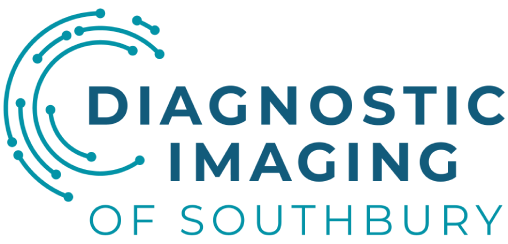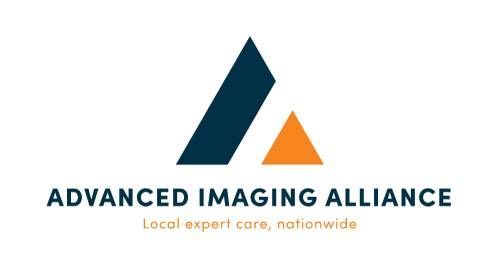X-Ray Preperation | Everything to Know About X-Ray Screening Tests
Regarding digital imaging and medical diagnostics, x-rays are a valuable tool for diagnosing underlying conditions. Because they are fast, reliable, and painless, an X-ray screening test is usually the first type of imaging a doctor orders to diagnose or assess a patient’s condition. From bone fractures to internal conditions, they play a pivotal role in helping healthcare professionals make an accurate diagnosis.
But despite how common they are, some patients may be nervous about getting an X-ray. Here's everything you need to know about X-rays to help ease any concerns and answer any questions.
What is an X-ray?
An X-ray (short for radiograph) is a medical imaging technique that employs a small amount of radiation to generate detailed images of the body's internal structures, particularly the bones. These images serve as invaluable insights for healthcare providers in diagnosing various conditions and ailments. X-rays are commonly used to evaluate symptoms such as:
- Shortness of breath
- Chest pain
- Cough
- Fever
- Acute pain
- Unexplained nausea or vomiting
- Constipation
- Ingestion of a foreign object
- Arthritis
- Bone injuries or trauma
Why Is This Exam Performed?
Doctors often recommend an X-ray for chronic conditions like “smoker’s chest,” which can affect smokers and non-smokers alike. “Smoker’s chest” causes various symptoms, such as coughing, a crackling sound when breathing, shortness of breath, and wheezing. These symptoms usually develop as a result of smoking. Yearly X-ray screenings also help doctors detect signs of COPD, lung cancer, and other smoking-related diseases. This underlines the importance of regular screenings, not just for smokers but for anyone experiencing concerning symptoms.
Aside from lung-related conditions, here are a few other reasons you may require an X-ray screening test:
- Bone fractures and injuries. When a patient presents with a suspected bone fracture or injury, X-rays are often the first line of defense for pinpointing the issue.
- Locating foreign objects. Sometimes, foreign objects can find their way into the body unintentionally. X-rays assist in precisely locating and identifying these objects.
- Detecting infection. Infections can affect various parts of the body, and X-rays are instrumental in spotting signs of infection in bones or tissues.
- Surgery. Spinal repair and joint replacement surgeries often rely on the precise guidance of X-ray imaging.
Since they can be used to diagnose various underlying issues, X-rays are typically the initial imaging choice for doctors when assessing a patient's condition. Low-cost X-rays are also non-invasive and provide a speedy and reliable diagnosis.
What to Expect During an X-Ray
If you find yourself in need of an X-ray, here's what you can expect before, during, and after the screening:
- Preparation. X-rays are typically conducted in a hospital or radiology diagnostic center. A team of skilled diagnostic imaging specialists will work together to ensure the best possible images for an accurate diagnosis.
- Attire. You may be asked to change into a medical gown and remove any jewelry, glasses, dental appliances, or metal objects that could interfere with the X-ray images.
- Positioning. Depending on which part of your body requires examination, you'll sit, stand, or lie on a table. The technologist will carefully position you to ensure the area of interest is captured correctly in the images. They may use pillows, sandbags, or other aids to help you maintain the required position.
- Procedure. During the X-ray, the technologist may provide specific instructions, such as when to hold your breath. They will leave the room or step behind a protective wall to activate the X-ray machine. You may hear clicking and buzzing noises during the screening.
- Angles. Most X-rays take two to three images from different angles to provide a comprehensive view.
- Speed and comfort. The best part of this type of screening is that X-rays are fast and painless, with the entire test usually taking just a few minutes.
- Review. After your X-ray, the radiology technicians may ask you to wait while they review the image quality. Sometimes, they may need to repeat the X-ray to obtain more precise images.
Remember that the technicians cannot provide the results, as advanced radiology consultants will analyze the images and send a signed report to your doctor. Depending on their findings, your doctor may recommend follow-up X-ray screenings if necessary. Don't hesitate to discuss any questions or concerns about your X-ray imaging with your doctor or diagnostic imaging specialists.
Advanced Radiology Consultants in CT
If you’re searching the web for “X-ray screening near me,” Naugatuck Valley Radiology has you covered. When it comes to X-ray screening, Connecticut patients rely on us for quality care. We’re the Radiology Diagnostic Center CT residents trust!
For
radiology services and results you can count on, schedule your screening with Naugatuck Valley Radiology. We provide diagnostic imaging from X-rays to
MRIs and more in several locations. Visit us at our
Southbury office,
Waterbury location, or in
Prospect.





